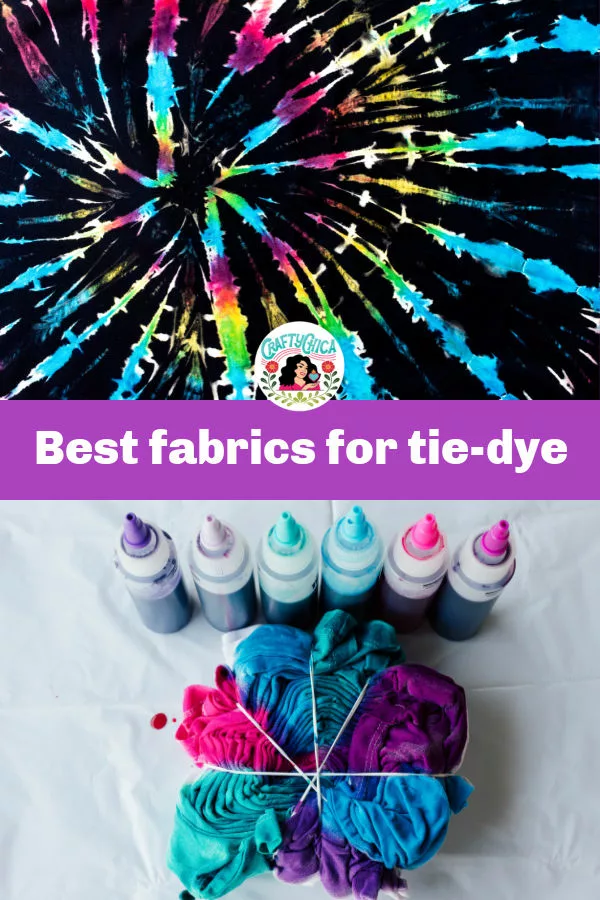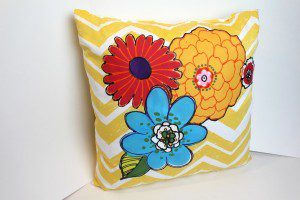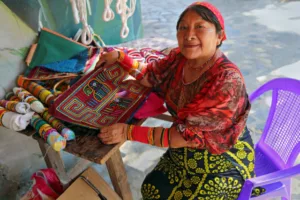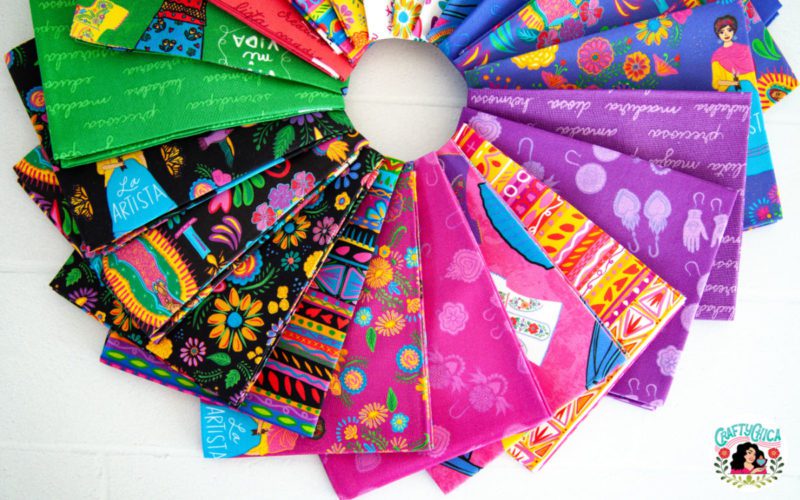When it comes to the best fabrics for tie-dye – there’s a lot of important info to know and learn! This is the MAIN factor in a successful outcome. I’ve cried many a tear in my early tie-dye days because I used the wrong fabrics. So let me guide you through the process.
If this is your first time with tie-dye, here is a great way to get started. Tie-dye is a popular and fun way to add a splash of color to your clothing and accessories. It involves twisting, folding, and tying fabric before dyeing it, resulting in unique and colorful patterns.
There is so much you can do to make it your own that doesn’t even involve rubber bands, strings, folding, etc. You can draw and doddle using different techniques.
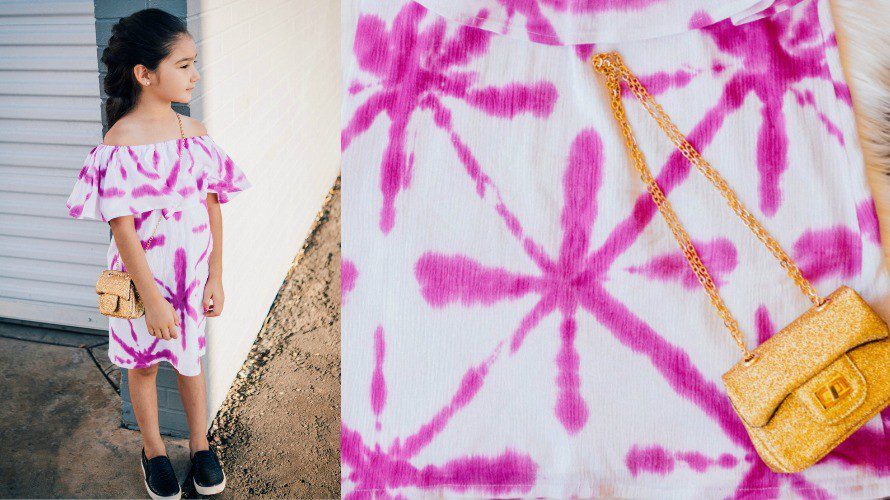
While many fabrics can be used for tie-dyeing, certain materials work better than others to achieve the desired results.
Let’s explore the best fabric and textures, taking into consideration factors such as absorbency, durability, and color retention.
MAIN RULE: Natural fibers and natural fabrics are the best. No polyester, lycra, nylon, etc.
Best fabrics for tie dye:
Cotton

The most popular fabric for tie-dye! It is absorbent, easy to work with, and takes dye well. It is also durable, making it a great choice for clothing and accessories that will be washed and worn frequently. Look for 100% cotton fabric, as blends may not take dye evenly.
Rayon

This is a synthetic fabric made from wood pulp that has a similar feel to cotton. It is also absorbent and takes dye well, but is not as durable as cotton. Rayon is often used for tie-dyeing clothing and accessories that will not be subjected to frequent washing.
Linen

A natural fabric that is lightweight and breathable. It takes dye well and has a unique texture that adds depth to tie-dye patterns. However, linen can be more difficult to work with than cotton and may require more careful handling during the tie-dye process.
Silk
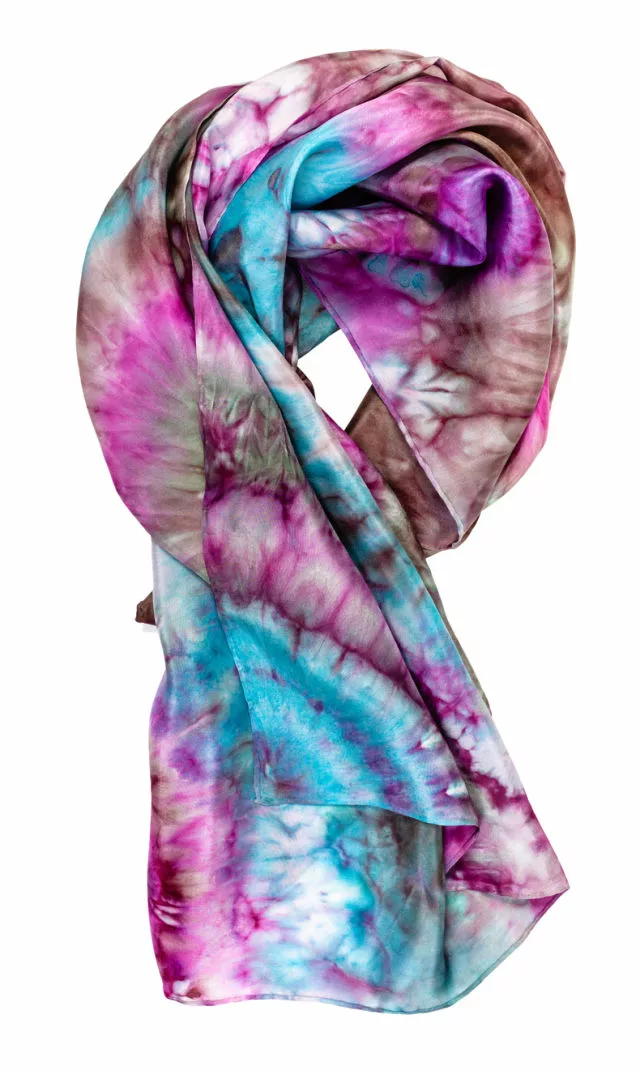
A quite luxurious fabric that takes dye beautifully, resulting in vibrant and intricate patterns. However, it can be more challenging to work with than cotton or rayon and requires more delicate handling during the tie-dye process. LINK TO BLANK SCARVES
Bamboo

A sustainable and eco-friendly option for tie-dyeing. It is soft, absorbent, and takes dye well. However, it is not as widely available as cotton or rayon and may be more expensive.
Best options for super bright color vibrancy:

Cotton jersey
Cotton totes
Rayon blouses or dresses
Silk scarves
Linen pants or blouses
Notes for your tie-dye project:

Fabrics that are too tightly woven or have a coating or finish may not absorb dye evenly, resulting in less vibrant or blotchy patterns. It is also important to consider the durability of the fabric, especially if the tie-dyed item will be washed and worn frequently.
In addition to fabric choice, it is important to consider the type of dye used for tie-dyeing.
There are many types of fabric dye available, including natural dyes and synthetic dyes.
Natural dyes, such as indigo and turmeric, produce unique and vibrant colors, but may require more preparation and knowledge to use effectively.
Synthetic dyes, such as Procion MX dye, are often easier to use and produce consistent and bright colors.
I usually stick with Tulip One-Step Tie-Dye because you don’t need soda ash. It’s super easy to use, especially for beginners.
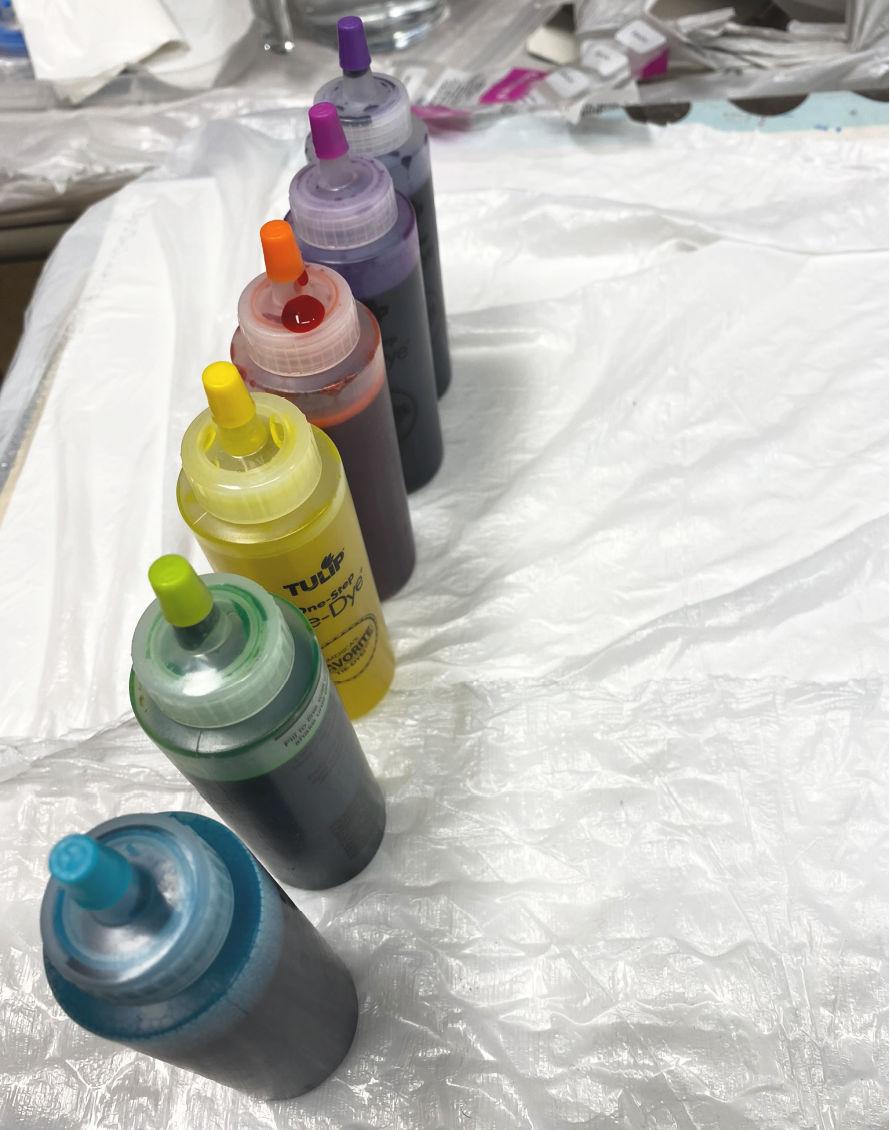
No matter which you choose, it’s best to use the best material. When tie-dyeing fabrics, it is important to follow the manufacturer’s instructions for the dye and fabric being used.
Some dyes require the fabric to be pre-washed or soaked in a fixative solution before dyeing, while others can be applied directly to the fabric. It is also important to wear gloves and protective clothing when handling dyes, as they can stain skin and clothing.
Overall, cotton and rayon are the most popular and versatile fabrics for tie dyeing, as they are absorbent, easy to work with, and take dye well.
However, experimenting with other fabrics such as silk, linen, and bamboo can result in unique and interesting tie-dye patterns.
For best results
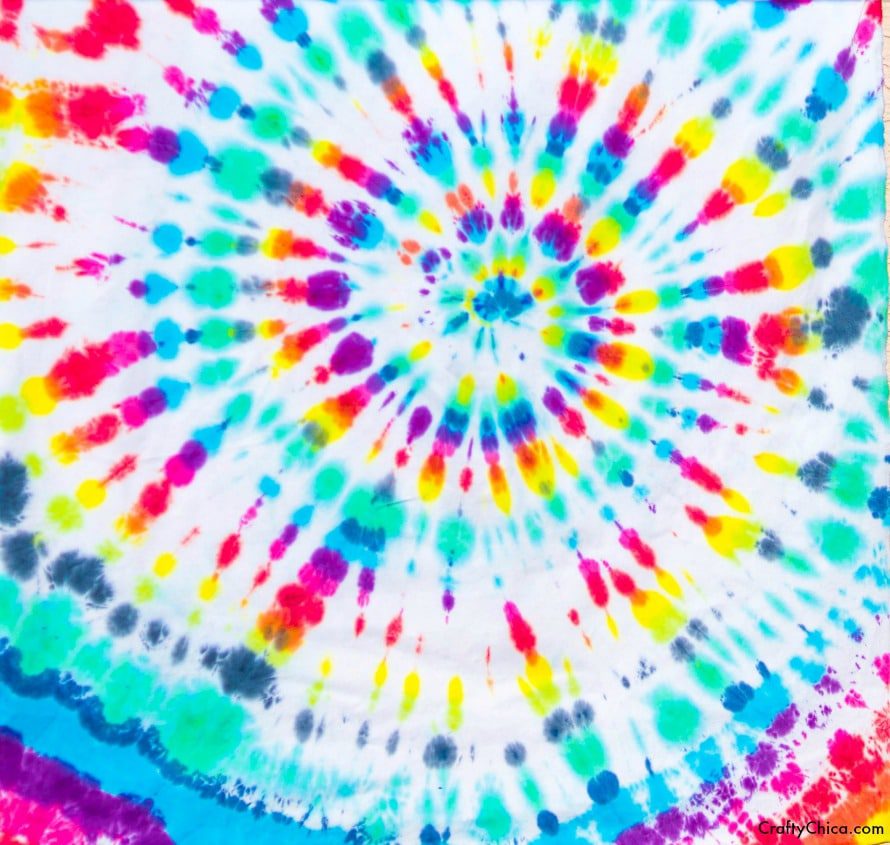
Consider the type of fabric for absorbency, durability, and color retention of the fabric when choosing materials for tie-dyeing, and to follow the manufacturer’s instructions for both the fabric and dye used.
Supplies for tie-dye:

Item to dye, it’s a good idea to go from the list above.
Dye – I like Tulip One-Step Tie-Dye kits, but you can choose whichever you like. Tulip dye is a powdered dye that comes in a squeeze bottles. Add water to the fill line on the bottle, shake and it becomes the perfect dye solution.
Zip ties or rubber band
Plastic table cover, gloves
Plastic bag
Raised tray
Color wheel if you need help with design
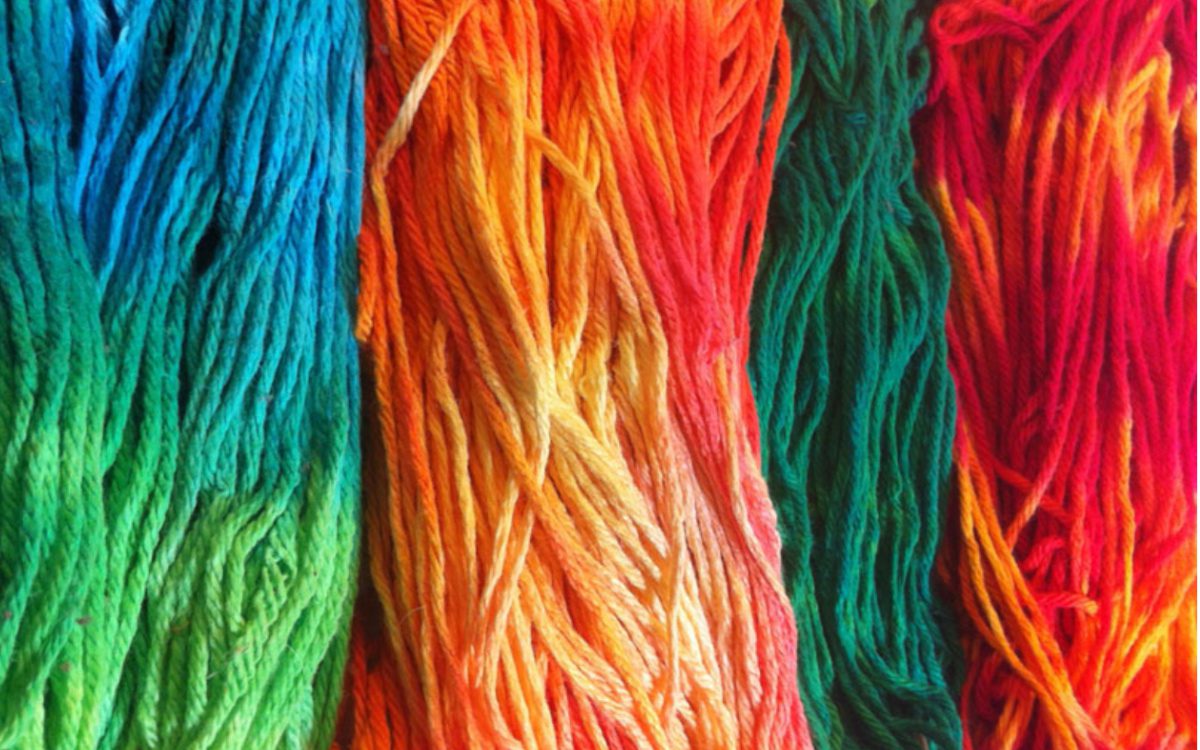
Directions for your tie dye projects:

Crucial step – Pre-wash your garment to remove sizing!
Lighten dampen your garment using a spray bottle. Or you can remove from the washer. It should be damp, not soaking.
Choose your tie-dye pattern: Tie, fold or lay out your item on a raised grid so excess dye will drip below. You can also paint on your dye with a paint brush!
Mix the dye according to package directions.
Apply the dye how ever you choose. You can squeeze it from the bottle, brush it on, dip it, soak it, etc. Here are some tie-dye ideas to try.
Done? Okay, cover your project for six hours with a plastic bag.
Rinse in cold water to preserve color saturation (not hot water!) until it runs clear.
Run through the washing machine on cold water.
Hang dry.
For better results, always wash in cold water and hang dry.
Check out these other articles for more tie-dye techniques!


